Catastrophic damage in Western Germany is expected to be Europe’s most costly weather event on record - Impact Forecasting
Extreme precipitation in mid-July resulted in the costliest European flooding event on record, and the deadliest in nearly three decades, according to Impact Forecasting’s July Catastrophe Recap.
Catastrophic damage occurred in Western Germany, predominantly in Nordrhein-Westfalen and Rheinland-Pfalz federal states, with the official death toll listed at 197.
The worst affected area was the Ahr River Valley, where the majority of fatalities occurred. Belgium recorded its deadliest and costliest flooding event in its history, with 42 confirmed fatalities and severe damage in Liege Province. Further extensive damage was noted in neighboring Netherlands, Luxembourg and France.
As much as $20 billion in direct damage was anticipated in Germany alone, while the country’s insurers expect losses of $5.3 to 6.5 billion. This would mark the costliest individual natural disaster for the German insurance industry on record.
Total economic losses in Europe were expected to approach $25 billion, though this is a preliminary estimate and is likely to evolve.
Overall, the event is likely to rank as the costliest weather event and second-costliest natural disaster event in Europe in the past 40 years (only behind the Irpinia Earthquake of 1980), on an inflation-adjusted basis.
Steve Bowen, managing director and head of Catastrophe Insight on the Impact Forecasting team at Aon, said: “One of the hallmarks of climate change involves extreme events becoming more extreme.”
”The recent release of the IPCC’s Sixth Assessment Report confirms this to be true and notes an accelerating trend of these types of extremes as seen in observed events.”
”The recent historic rainfall and flooding in Europe and Asia while juxtaposed against the most intense drought conditions recorded in North America in decades highlights the fragility of the climate system and the need to invest in actionable strategic solutions that lower physical and non-physical risks.”
”Improving and stabilising these risks is essential, but also achievable.”
Further natural hazard events that occurred in Europe in July include significant wildfires broke out in Turkey, Greece and other Mediterranean countries amid a historic heatwave, continuing into early August, killing eight people and damaging more than 2,700 structures in Turkey alone.
Elsewhere, devastating wildfires broke out in California and Oregon in the United States. Dixie Fire, which was ignited on July 13, underwent an explosive growth that extended into August and became the second largest in California’s modern record. The event destroyed nearly 600 structures.






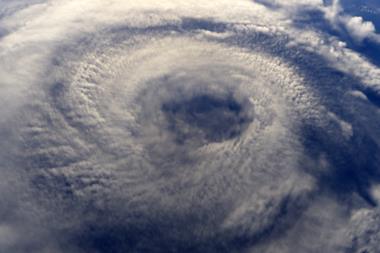
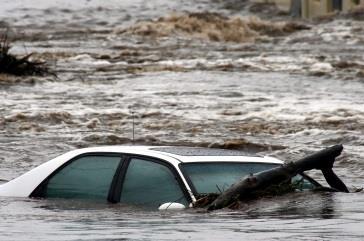
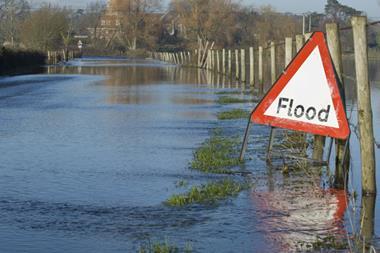
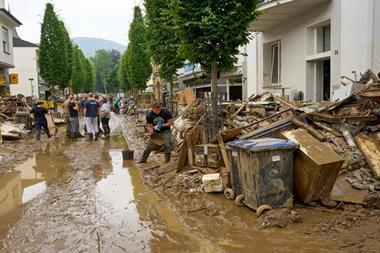
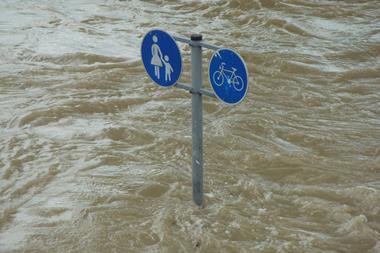









No comments yet